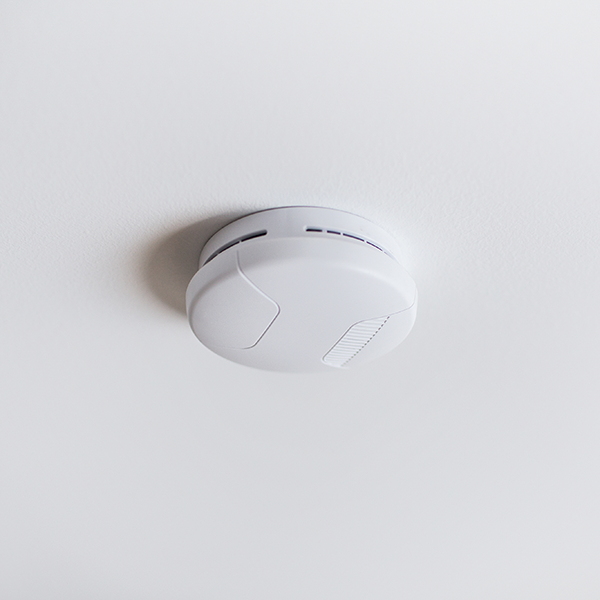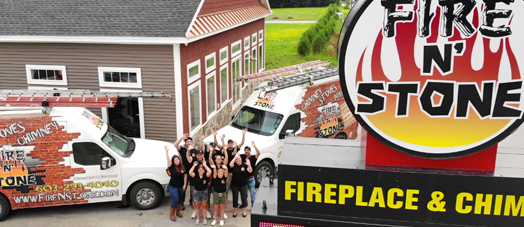Carbon Monoxide and Your Chimney
Carbon monoxide (CO) is the colorless, odorless, and tasteless gas that is often known as the “silent killer.” Your chimney may be inviting it into your home without you even knowing it. Understanding the risks and taking preventive steps can protect your family from this invisible threat.
 Why Carbon Monoxide Is So Dangerous
Why Carbon Monoxide Is So Dangerous
CO is lethal because it goes undetected until it’s too late. It is a natural byproduct of fire, no matter the source—wood, gas, oil, or kerosene. It mixes with indoor air and has no obvious warning before symptoms appear. Early signs of exposure are headaches, nausea, dizziness, and fatigue, which mimic the flu, making CO poisoning easy to overlook. Without proper ventilation, even minor exposure can cause issues.
How Chimneys Can Become CO Entry Points
A properly functioning chimney should vent gases outside, not into your home. Things such as blockages, structural damage, or draft problems can force CO and smoke back into your home. Clogged chimneys, closed dampers, and poor drafting can cause CO buildup inside the home.
Preventing CO Risks from Your Chimney
Knowing how big a risk CO poisoning can be, it’s important to be diligent in preventing exposure. There are a few important things to consider to protect you and your family members from CO.
- Annual Professional Inspections & Cleaning
- Schedule a yearly sweep and inspection by a CSIA-certified chimney technician. They can clear creosote, debris, or blockages like animal nests that could disrupt ventilation.
- Ensure Proper Drafting and Open Dampers
- Always open your damper fully before lighting a fire to allow exhaust gases to escape. If you close it too soon, it can trap CO and push it back down into your room.
- Install Reliable CO Detectors
- It’s Important to place CO alarms on every level of your home, especially near sleeping areas. Use units powered by batteries and follow placement guidelines to ensure they are able to accurately test the air for CO.
- Check All Fuel-Burning Appliances
- Proper Venting isn’t just for fireplaces. Furnaces, water heaters, stoves, and generators should all be correctly vented and regularly maintained.
- Know the Warning Signs
- Watch for: soot stains, smoky drafts that move erratically, yellow pilot flames (instead of blue), and excessive condensation. These can hint at underlying CO risk.
The Bottom Line
Protecting your home doesn’t require extensive measures, but reliable upkeep: professional inspections, functional detectors, and close attention to warning signs. By taking these steps, you’re not only ensuring that fire stays safe, but you’re also guarding against a hidden threat that’s entirely preventable.
Need Chimney Work? Call Fire N Stone Today
Fire N Stone is a full-service chimney service that can help if you are in need of chimney replacement work. We’re the local, trusted team to call for assistance. No matter the severity of your chimney issues, our experts can handle it. We also support our clients with routine chimney maintenance, masonry repair, or even outdoor kitchen installation. We never subcontract our work, which means you work with the same trusted team the entire time.






